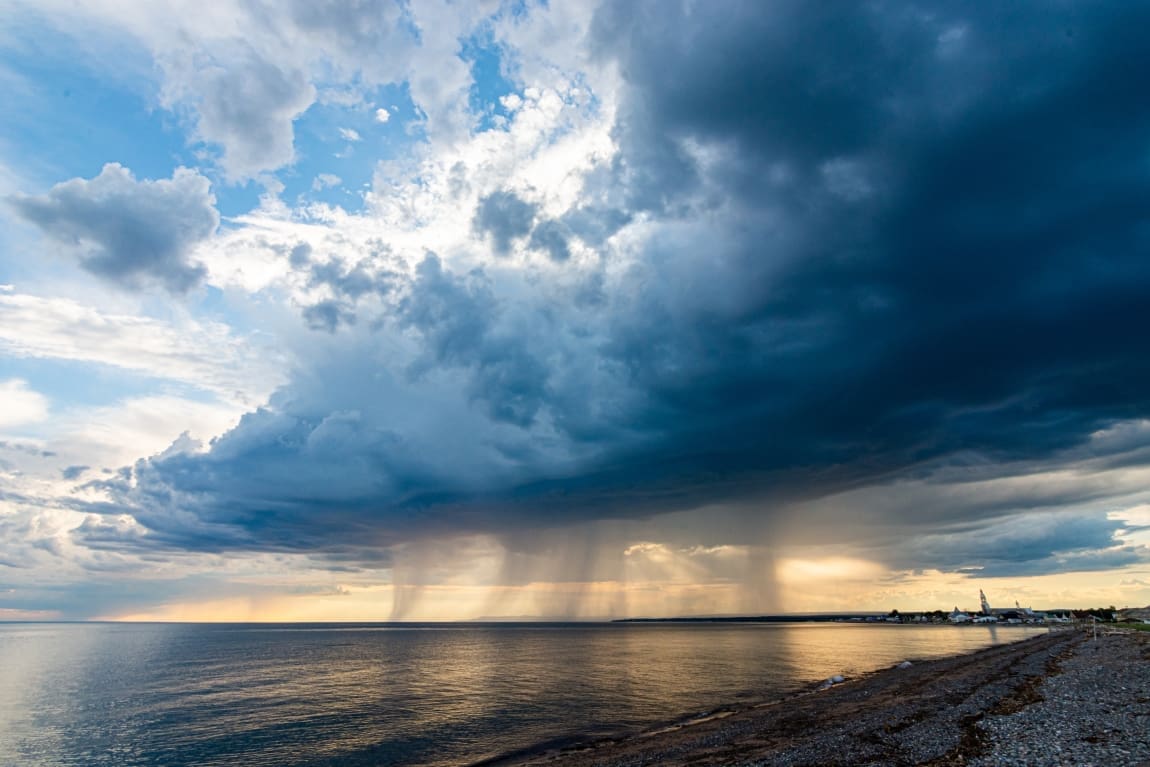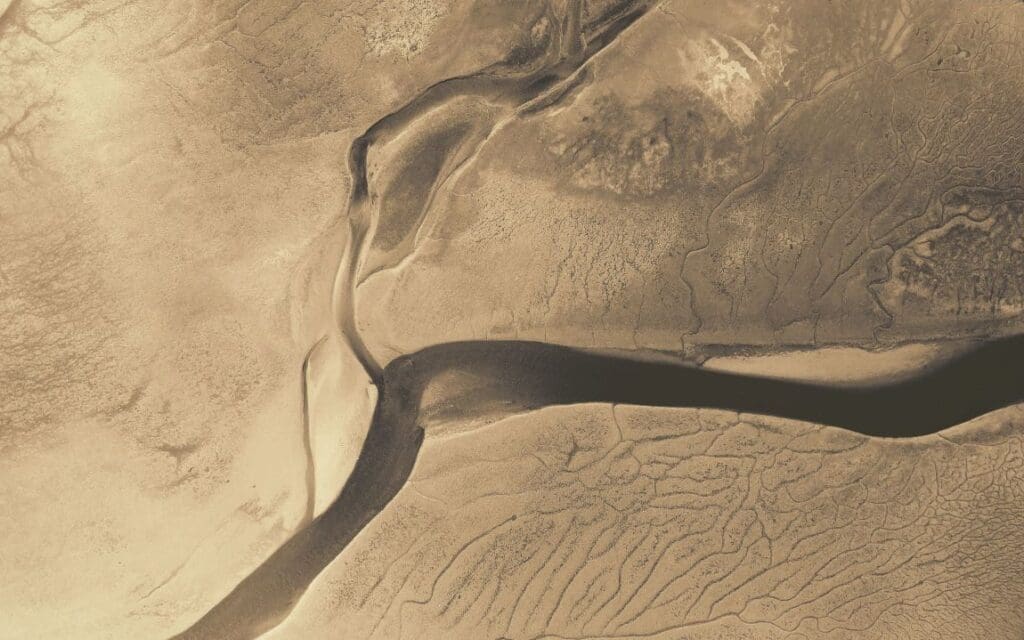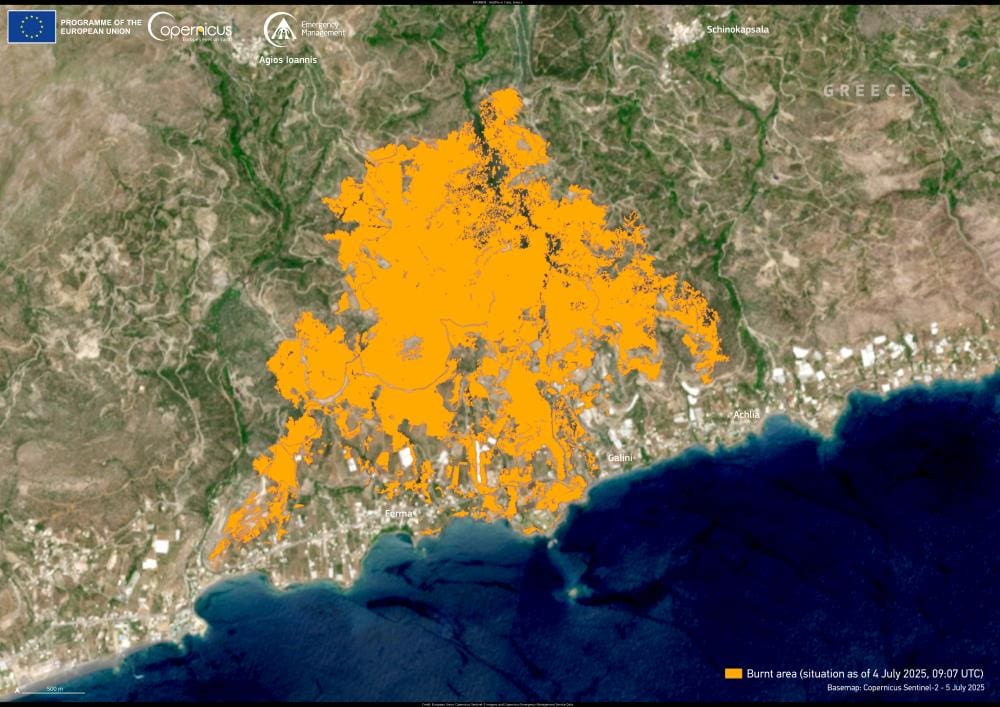Rainfall fluctuates more vigorously. Why? Scientists say it’s because of us.
By Institute of Atmospheric Physics | Chinese Academy of Sciences
Many people around the world have noticed that rainfall is becoming increasingly erratic. Intense downpours are occurring more frequently, while dry periods seem to last longer and become more severe. These changes have raised concerns and prompted scientists to investigate the links between climate change and these unpredictable rainfall patterns.
A new study provides the first systematic observational evidence that human-induced climate change is making rainfall patterns more volatile globally.
Published in the journal Science, a joint study by the Institute of Atmospheric Physics (IAP) of the Chinese Academy of Sciences, the University of Chinese Academy of Sciences (UCAS), and the UK Met Office shows a systematic increase in rainfall variability since the 1900s from global to regional scales and from daily to intraseasonal timescales.
Rainfall variability refers to the unevenness in the timing and amount of rainfall. Higher variability means that precipitation is more unevenly distributed over time, resulting in wetter wet periods and drier dry periods. For example, some places may receive a year’s worth of rain in just a few days, have long dry spells followed by heavy downpours, or alternate rapidly between drought and flooding.

While climate models have predicted that this variability will increase with future warming, this study confirms that this pattern has already emerged over the past century.
By analyzing a wide range of observational data, the researchers found that rainfall variability has increased since the 1900s over 75% of the land areas studied, particularly in Europe, Australia, and eastern North America. The researchers found that daily rainfall variability has increased globally by 1.2% per decade.
“The increase in rainfall variability is mainly due to anthropogenic greenhouse gas emissions, which have led to a warmer and more humid atmosphere. This means that even if the atmospheric circulation remains the same, the additional moisture in the air leads to more intense rain events and more drastic fluctuations between them,” said Dr. ZHANG Wenxia, lead author of the study and associate professor at IAP. “These changes are further influenced by regional atmospheric circulation patterns on decadal time scales.”
“The future we are anxious about is already here,” said Dr. ZHOU Tianjun, a senior scientist at IAP and a professor at UCAS as well as the corresponding author of the study. “The increased variability in precipitation we observed adds crucial evidence of larger daily changes, making it more difficult to predict and prepare for environmental impacts.”
According to Dr. WU Peili, an expert scientist at the Met Office and co-author of the study, “Rapid and extreme shifts in climate patterns also pose significant risks to the climate resilience of infrastructure, economic development, ecosystem functioning, and carbon sinks”. In addition, he noted that “immediate adaptation measures are essential to address these challenges.”
More information: Zhang Wenxia, Tianjun Zhou, Peili Wu, ‘Anthropogenic amplification of precipitation variability over the past century’, Science (385, 427-432; 2024); DOI: 10.1126/science.adp0212 | IAP Press Release/Material. Featured image credit: wirestock | Freepik




